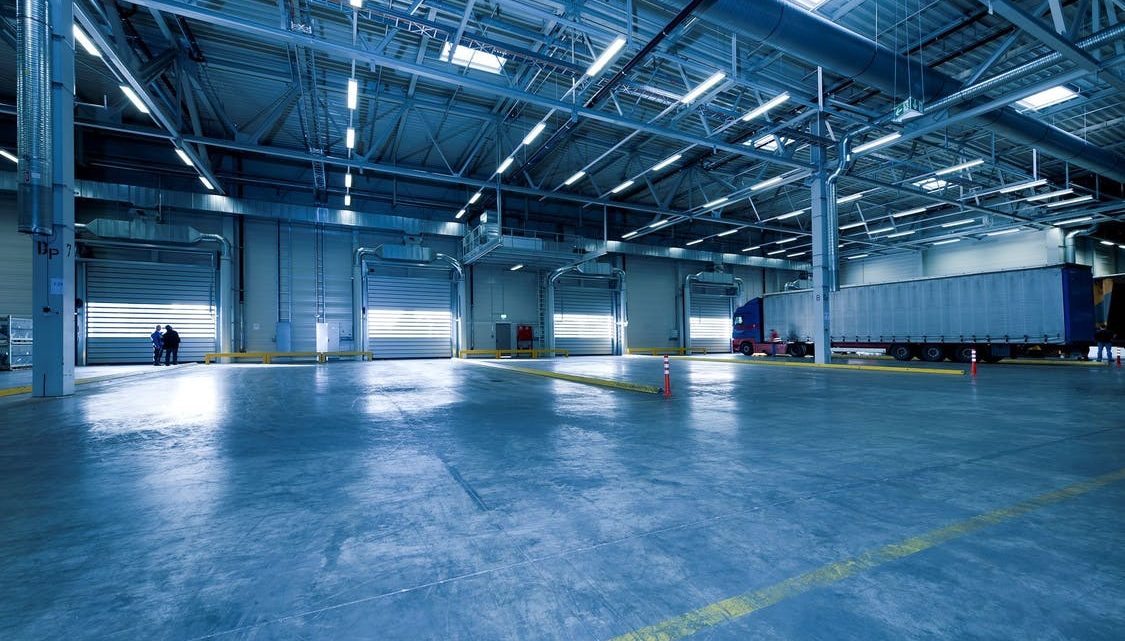
Trash Compactor 101: Benefits and Different Uses
October 9, 2022To cut down the quantity of garbage produced by manufacturing, record maintaining, shipping and receiving, and various production operations, trash compactors have become an essential part of several businesses. Compacting garbage dump waste has become more popular as environmental issues have increased significantly.
Pressing waste into bundles, blocks, and bales have considerably impacted waste products’ size. From an easy benefit to a vital aspect of environmental management and sustainability, compactors have improved over time.
Uses of Compactors
The markets that rely on compactors can be sorted. The majority of companies produce waste that needs to be collected and put away. The need for compactors escalates as the size and amount of an organization’s job rises.
Commercial Uses
Many retail, restaurant, and hotel services use compactors to dispose of various waste items, including packaging products, boxes, and food waste. Historically, the types of rats and vermin that thrived on the trash generated by commercial facilities were a major problem for business owners. The problem has been resolved while the ecological effect of commercial garbage has been reduced, thanks to the implementation and use of compactors.
Commercial compactors are typically vertical and installed inside or outside a building, based on the company’s needs. Vertical compactors are offered in different sizes, so they can be mounted in a workspace or by the back door.
Healthcare Industry Uses
Various types of toxic waste are produced by the healthcare and medical companies than the rest of the economy. Proper planning makes it possible to securely throw away medical equipment and tools, like needles, swabs, and other contaminated objects. The compactor is equipped with sensors that sound a signal if there are any issues with the waste components.
Preventing public exposure to medical waste needs using containment, storage, and transportation systems as part of the compactor’s design. These requirements are mostly accepted by healthcare experts and local health departments.
Uses in Schools
In order to save landfill space and remove contaminants from the environment, there is an increasing demand for schools to recycle paper, plastic bags, printer cartridges, computers, and other gadgets. One method that has proven helpful for school recycling is using an indoor hopper that may be set in a busy hallway or passage. The wheels on the hoppers make it convenient to move them around and put them where you want them. For convenience, they include a front- or rear-loading design. They can be taken to the hauler area by the wheel to unload. This company is known for quality roll off dumpsters, check them out.
Industrial Compactors
Unlike household compactors, industrial compactors are bigger and can process more waste material. Today’s production processes highly value collecting and recycling waste products. The single stream self-contained compactor, which divides recyclable products from landfill waste, is a standard technology for recycling. Landfill waste, like damp and food waste, is thrown in one container, while paper, aluminum, and plastics are stored in another. Fixed and self contained or breakaway compactor are the most often used in the industrial market.
Bottom Line
Actually, the uses for compactors mentioned above are just a sliver of what compactors can be used for. Compressors are crucial to airport cleanliness. The food market relies on self-contained compactors to compress waste, reduce volume, and avoid rat and vermin infestations. Regardless of how huge or small a building is, it will need a compactor to decrease waste volume and reduce its ecological influence.




